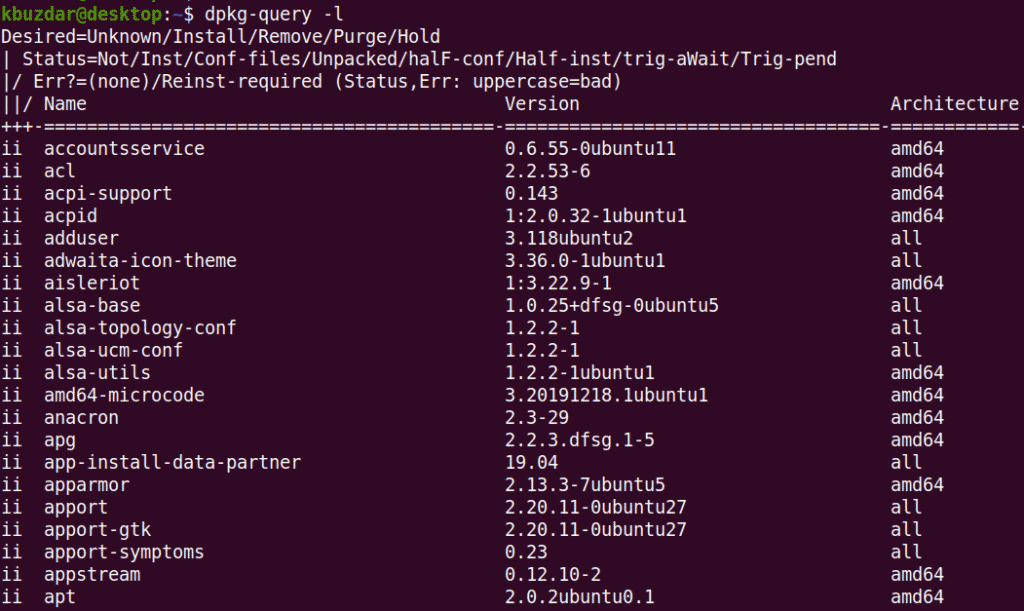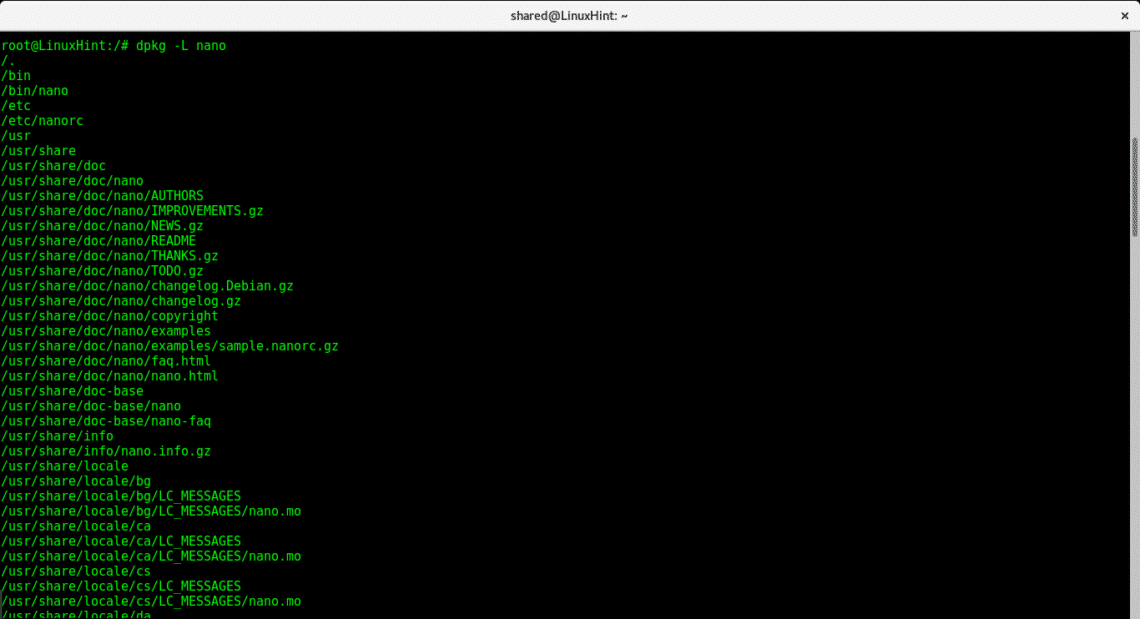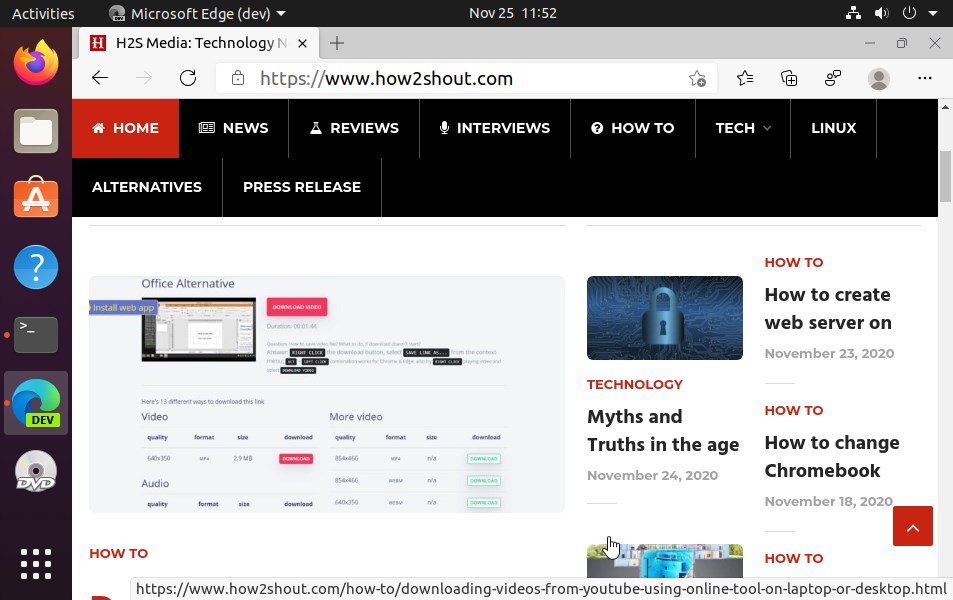

It can't search remote repositories or pull packages from them. With dpkg, you can only install local files you've already downloaded yourself. From here we can search for a specific package by supplying the package name as an argument: dpkg -l hello DesiredUnknown/Install/Remove/Purge. The first dpkg command will list all currenlty installed packages on your system: dpkg -l.

This saves you from the work of manually finding and downloading the package before installation. There are multiple way on how to determine whether a specific package is already installed on your system. With APT, you can retrieve a file from a remote repository and install it, all in one command. In that way, dpkg acts more as an "under the hood" tool for APT's more user-friendly interface. There’s no doubt that Debian is one of the most popular distributions, especially among desktop enthusiasts and professionals alike.This guide features some of the most popular and widely used Debian-based Linux distributions.

When APT (or its cousin, Apt-get) installs a package, it's actually using dpkg on the back-end to accomplish that. The two interfaces in fact work together, with APT acting like a complete package management tool through the use of dpkg.Ĭonfused? Let's break down the key differences. They can, among other things, install DEB files and list installed packages.īut you might be wondering if they're so similar, why do you need both APT and dpkg? APT and dpkg are both command-line package management interfaces you can use in the terminal on Ubuntu and other Debian-based systems.


 0 kommentar(er)
0 kommentar(er)
